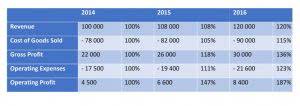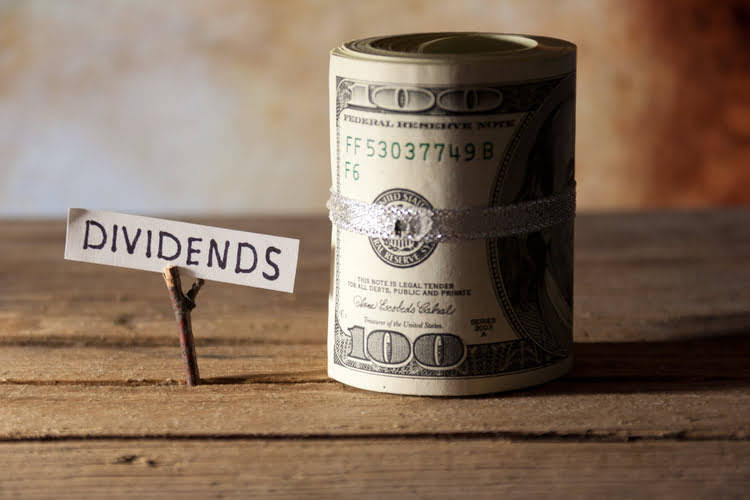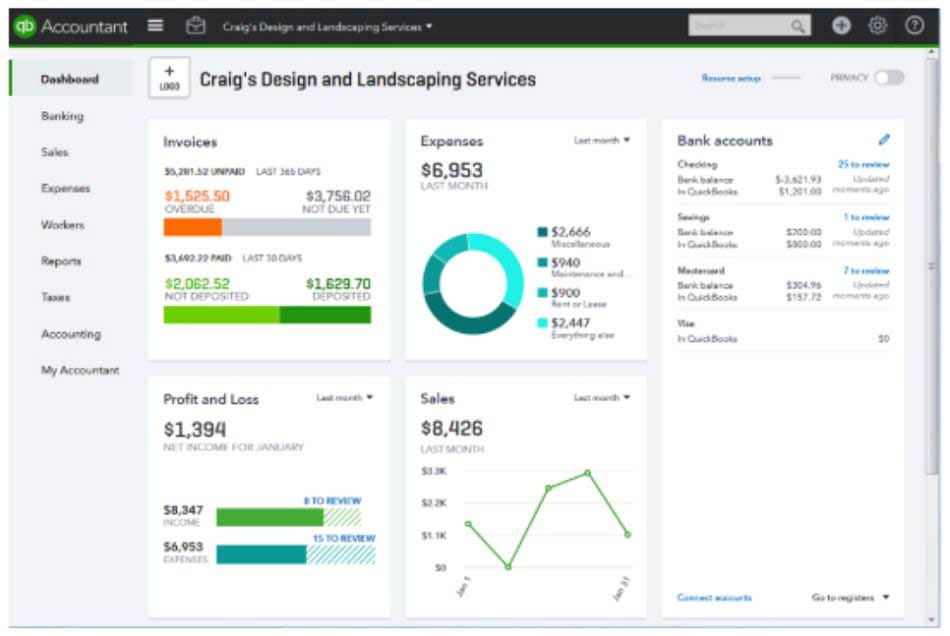
Working capital refers to the difference between a company’s current assets and current liabilities. Both metrics can be useful in assessing the financial health of a company. Working capital management demands coordinated actions and strategies for optimal inventory and accounts receivables as one part of the company’s liquidity. For instance, even if a company has a net working capital of 1.8, it can still have a slow inventory turnover or slow collection of receivables. Both potential issues can lead to delays in the availability of actual liquid assets. Working capital is a measure of a company’s liquidity, specifically its short-term financial health and whether it has the cash on hand for normal business operations.

What happens to working capital when your business grows?

Working capital is the funds a business needs to support its short-term operating activities. “Short-term” is considered to be any assets that are to be liquidated within one year, or liabilities to be settled within one year. The short-term nature of working capital differentiates it from longer-term investments in fixed assets. Working capital is defined as the difference between the reported totals for current assets and current liabilities, which are stated in contribution margin an organization’s balance sheet. Current assets include cash, short-term investments, trade receivables, and inventory. Current liabilities include trade payables, accrued liabilities, taxes payable, and the current portion of long-term debt.
Discover easy steps to manage your cash flow

As discussed earlier, working capital is the difference between its current assets and liabilities. These are stand-alone financial figures obtained from a company balance sheet. For investors and creditors, the working capital ratio serves as a crucial indicator of an organization’s financial stability and its ability to repay debts. A higher ratio generally instills confidence, as it implies a cushion of liquidity, reducing the risk of default. However, an excessively high ratio may also indicate that the company is not efficiently utilizing its resources.

Working Capital: Formula, Components, and Limitations
However, often the best indicator of a suitable division of capital employed between fixed assets and working capital is working capital ratio meaning provided by the industry average. The term working capital refers to the portion of total capital that is used to run a business efficiently and regularly. It is also known as short-term capital, circulating capital, or liquid capital. Go a level deeper with us and investigate the potential impacts of climate change on investments like your retirement account.
- It is a measure of liquidity, meaning the business’s ability to meet its payment obligations as they fall due.
- Current assets and liabilities are always stated first on financial statements and then followed by long-term assets and liabilities.
- However, an excessively high ratio may also indicate that the company is not efficiently utilizing its resources.
- The amount of working capital needed varies by industry, company size, and risk profile.
- How do we record working capital in the financial statementse.g I borrowed 200,000.00 Short term long to pay salaries and other expenses.
- To calculate working capital, subtract a company’s current liabilities from its current assets.
A higher ratio usually demonstrates a healthier financial position and a better capacity to repay short liabilities using short-term assets. “It’s important to understand that just having enough to pay the bills is not enough—this is true for new, as well as growing companies,” says Fontaine. Additionally, businesses often avoid using credit lines to minimize excess interest costs. This cautious approach might make the working capital ratio unusually low.
- However, the decision to carry inventory can have a large impact on the bottom line.
- Working capital is critical to gauge a company’s short-term health, liquidity, and operational efficiency.
- In case a company has insufficient cash to cover its bills when they are due, it will have to loan money, thereby increasing its short-term debt.
- A company can improve its working capital by increasing current assets and reducing short-term debts.
- To boost current assets, it can save cash, build inventory reserves, prepay expenses for discounts, and carefully extend credit to minimize bad debts.
Get a free risk assessment
To avoid this situation, your growth projects should always include an assessment of your working capital needs. A financial professional will offer guidance based on the information provided and offer a no-obligation call to better understand your situation. Our mission is to empower readers with the most factual and reliable financial information possible to help them make informed decisions for their individual needs. Our goal is to deliver the most understandable and comprehensive explanations of financial topics using simple writing complemented by helpful graphics and animation videos. The articles and research support materials available on this site are educational and are not intended to be investment or tax advice.

Another financial metric, the current ratio, measures the ratio of current assets to current liabilities. Unlike working capital, it uses different accounts in its calculation and reports the relationship as a percentage rather than a dollar amount. A company’s balance sheet contains all working capital components, though it may not need all the elements discussed below. For example, a service company that doesn’t carry inventory will simply not factor inventory into its working capital calculation. Working capital can also be assessed using the current ratio (working capital ratio).
Working Capital Ratio: Definition & How to Calculate
11 Financial may only transact business in those states in which it is registered, or qualifies for an exemption or exclusion from registration requirements. 11 Financial’s website is limited to the dissemination of general information pertaining to its advisory services, together with access to additional investment-related information, publications, and links. After the finished goods are sold (frequently on credit), law firm chart of accounts debtors take some time to pay for them (Average credit allowed period).
